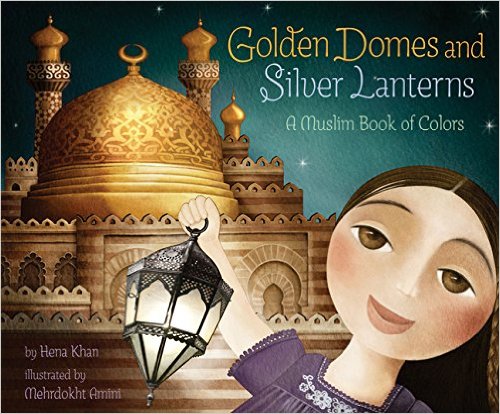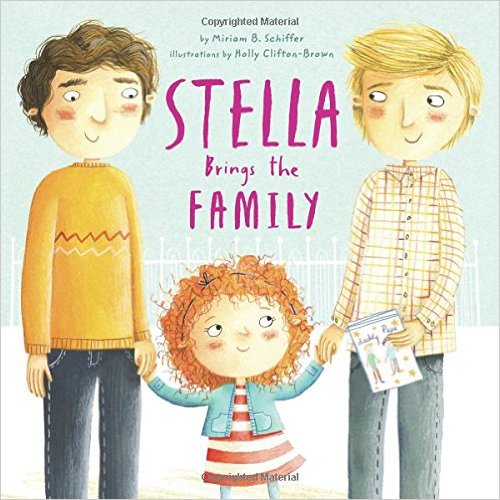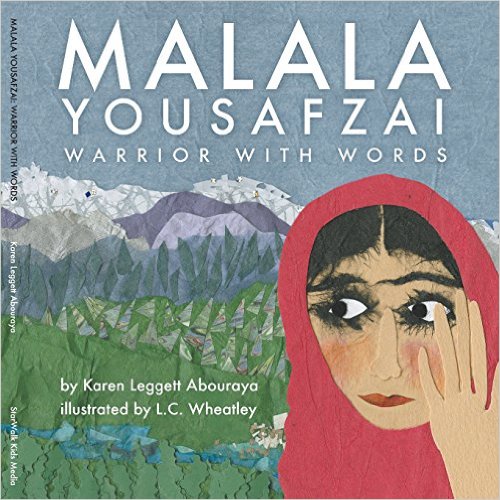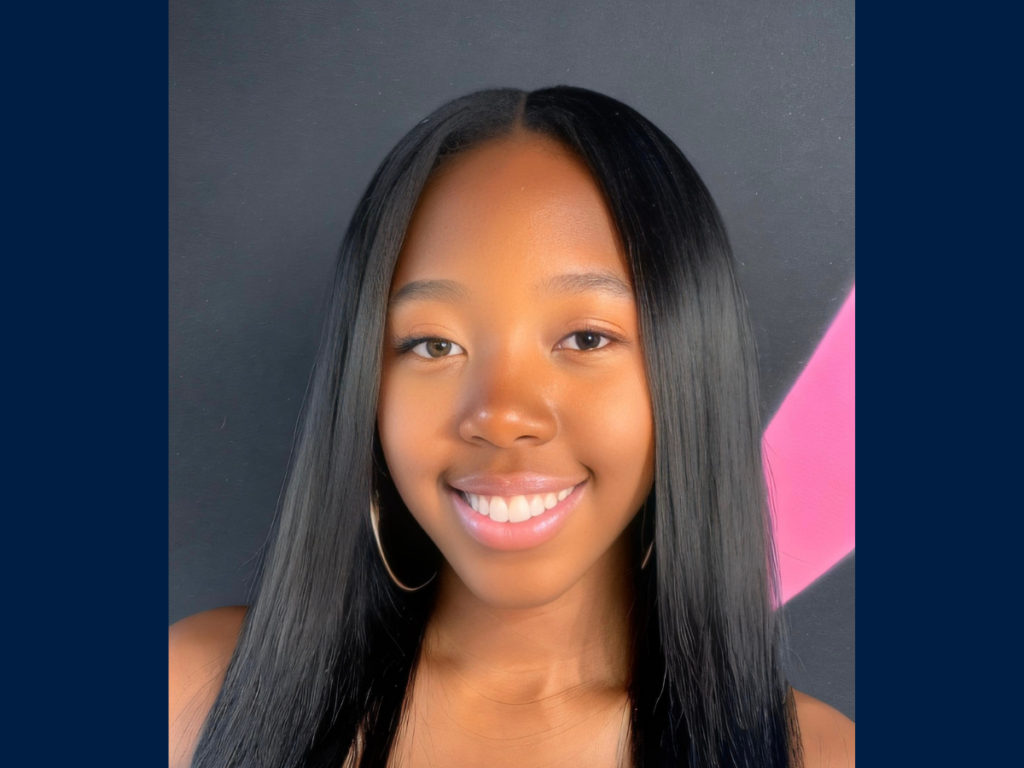
My heart aches over the horrific news stories that have unfolded over the last several days. It aches because of the terror that must have been felt by victims and their families. It aches because of the way people rush to point fingers of blame, stereotyping whole groups of people. It aches because hate crimes are becoming a new normal. But hate is not normal; I will never accept that to be true. As an elementary teacher, I do my best to show and teach kindness to my students, trying to counter this culture of hate that is stirring around them. Using my background gained with a Master’s Degree in Children’s Literature through Penn State, I strive to bring diverse books into the classroom.
Rudine Sims Bishop, author and professor of children’s literature, uses the terms windows and mirrors when discussing the role of diverse literature in a child’s library. Children should be able to glimpse into other cultures (windows) through reading diverse literature. Equally important, children should also be able to see themselves reflected in the books they read (mirrors). Because I am an educator and adult in society, it is my responsibility to find quality literature that exposes young readers to the world around them. As we keep in mind the horrific events of Orlando, some suggestions follow:

The Great Big Book of Families by Mary Hoffman
This is a book that my students return to again and again throughout the year. Beginning the very first week of school, I read Hoffman’s text to my second graders to get a conversation going about families. Hoffman covers any and every aspect that can make a family unique — from how they behave, to how they look, to what they eat, to what their hobbies are. Students enjoy finding aspects of their own families in the pages while also understanding the overall message that each family is unique and different, but it is still a family — not better, not worse than any other.

Stella Brings the Family by Miriam B. Schiffer
In this story, young Stella is worried about whom to bring to her school’s Mother’s Day celebration. Instead of a mother, Stella has two dads. She goes through the school day worried about what to do, until friends and family help her see that she has many people in her life who act like a mom! Children quickly see that Stella’s worries about fitting in are universal. In the end, they are so excited to see whom she chooses to bring to the celebration!

Malala Yousafzai: Warrior with Words by Karen Leggett Abouraya
Countless adults know about the heroics of Malala Yousafzai, the youngest-ever Nobel Prize laureate. Her bravery and determination to acquire an education caught the world’s attention, and this book makes the story accessible for young readers. The collage-style illustrations and easy-to-understand language help children see Malala’s courage. My students were engrossed in the story, processing how one girl could fight so hard for the education she believed in.

Golden Domes and Silver Lanterns: A Muslim Book of Colors by Hena Kahn
This picture book takes everyday colors and connects them with Muslim culture. Being told from the perspective of a young girl, the reader is shown various elements of Muslim culture, such as “Blue is the hijab/Mom likes to wear./It’s a scarf she uses to cover her hair.” The rhythmic and rhyming text, coupled with the book’s colorful illustrations, draws the reader in, while the connection of everyday colors with Muslim culture fosters new understanding.
While there is a definite lack of diverse literature in our country, there are some quality texts that teachers, parents, and children can find. The four that I mentioned are certainly not an exhaustive list, but instead some suggestions for how to help children see and understand events like the recent Orlando shooting. Encouraging children to learn about other cultures and see themselves reflected in books is crucial for developing kindness and empathy. Reading opens pathways for questions, conversation, and acceptance. What could be better than that?
by Emily Kilgore




